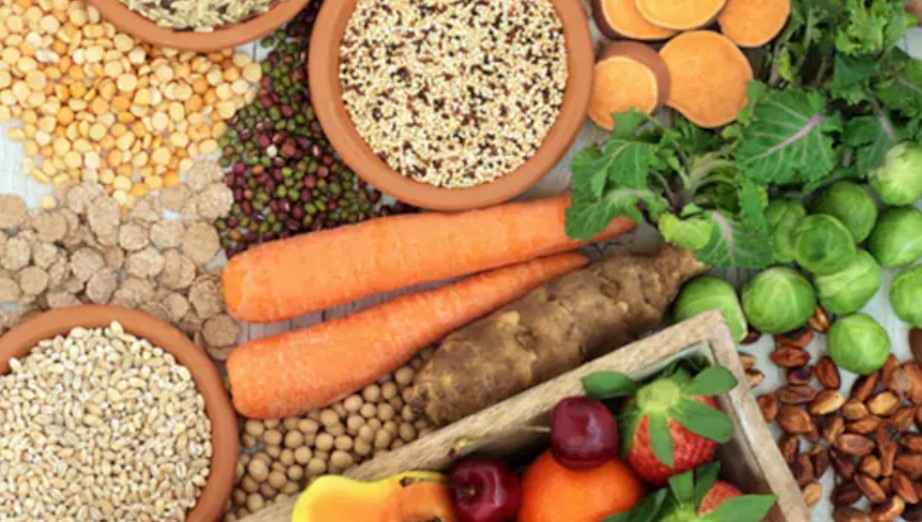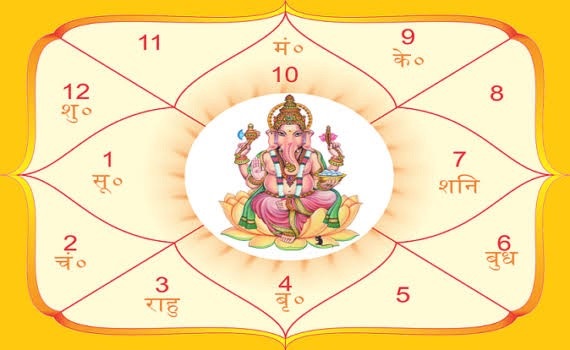Think eating a banana or a bowl of salad means you’re getting enough fibre? Think again. While fibre is essential for digestion, heart health, and managing blood sugar, many of us are falling short—simply because we’re eating the wrong kinds of foods.
Nutritionist Krish Bhatia recently shared a few eye-opening comparisons on Instagram, busting some major myths about fibre-rich foods. Let’s explore the truth about fibre and how you can eat smarter.
Fibre Face-Off: What You Think vs What You Get
Not all fruits, vegetables, or grains are created equal. Here are some surprising comparisons:
- Lettuce vs Dark Chocolate:
- 200g of lettuce: just 2g fibre
- 2 pieces of 90% dark chocolate: 3g fibre
- Bananas vs Guava:
- 3 bananas: around 5-6g fibre
- 1 guava: 10-11g fibre
- Cucumber vs Chia Seeds:
- 1 cucumber: barely 1g fibre
- 1 tablespoon chia seeds: 5-6g fibre
- Brown Rice vs Oats:
- 100g brown rice: 3g fibre
- 100g oats: 11-12g fibre
Takeaway: Many so-called “healthy” foods might be low in fibre, while unexpected items like dark chocolate or chia seeds can offer more than you’d guess.
Why Fibre Matters More Than You Think
Fibre isn’t just about bowel movements. A fibre-rich diet:
- Aids digestion
- Stabilises blood sugar levels
- Helps lower cholesterol
- Keeps you full longer
- Supports gut microbiome health
The recommended daily fibre intake is 25–30g, but most people consume less than 15g/day.
Simple Ways to Boost Your Fibre Intake
1. Upgrade Your Fruits
Swap bananas for guava, apples (with skin), pears, or berries.
2. Switch Your Grains
Replace some rice with oats, barley, or quinoa for a fibre boost.
3. Add Seeds and Nuts
Include chia seeds, flaxseeds, almonds, and walnuts in your meals or smoothies.
4. Rethink Your Veggies
Go beyond lettuce. Add fibre-rich options like carrots, peas, beans, broccoli, and spinach.
5. Read Nutrition Labels
Always check the fibre per serving in packaged snacks—don’t assume they’re fibre-rich.
Fibre: Quantity and Quality Matter
There are two types of dietary fibre:
- Soluble Fibre: Slows digestion, lowers cholesterol, balances sugar (found in oats, apples, beans)
- Insoluble Fibre: Adds bulk and moves waste (found in wheat bran, veggies, nuts)
A good diet includes both types, coming from varied sources.
Common Fibre Myths—Busted!
- ❌ Myth: “Salads are enough.”
✔️ Truth: Lettuce is low in fibre. You need more variety. - ❌ Myth: “Bananas are a top fibre food.”
✔️ Truth: Guava or chia seeds provide far more fibre. - ❌ Myth: “Brown rice = high fibre.”
✔️ Truth: Oats and quinoa offer nearly 3–4x more fibre.
The Bottom Line
Next time you think you’re eating “healthy,” ask yourself: Is this actually fibre-rich?
Focus on smart swaps—guava instead of banana, oats instead of rice, chia seeds in your smoothies—to hit your daily fibre goals.
Building a balanced, fibre-focused diet can be simple—and life-changing for your digestive and overall health.



